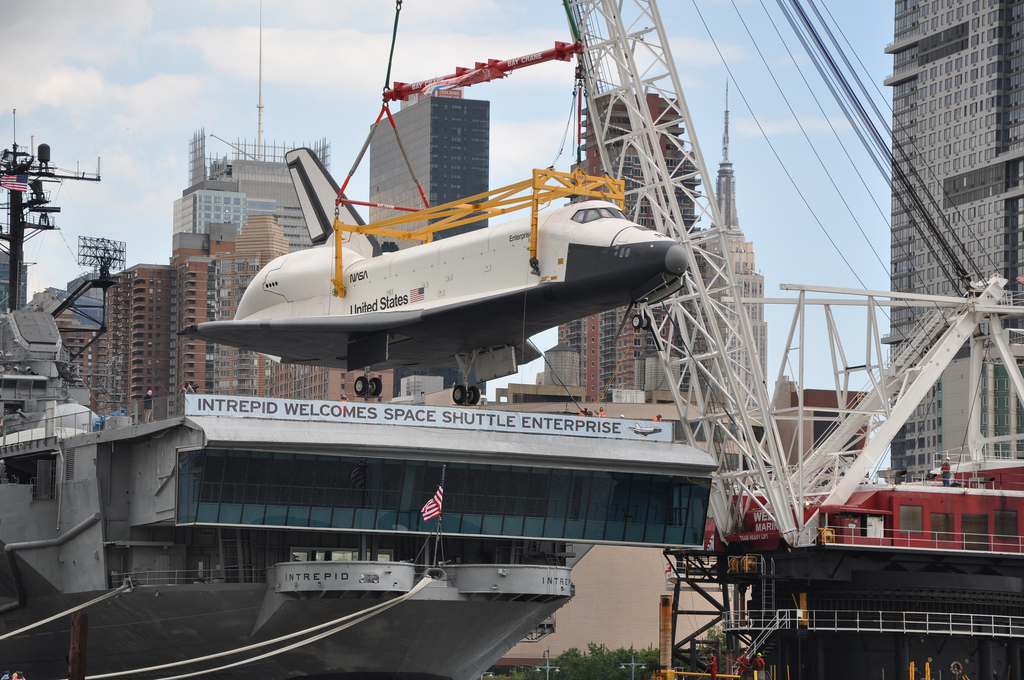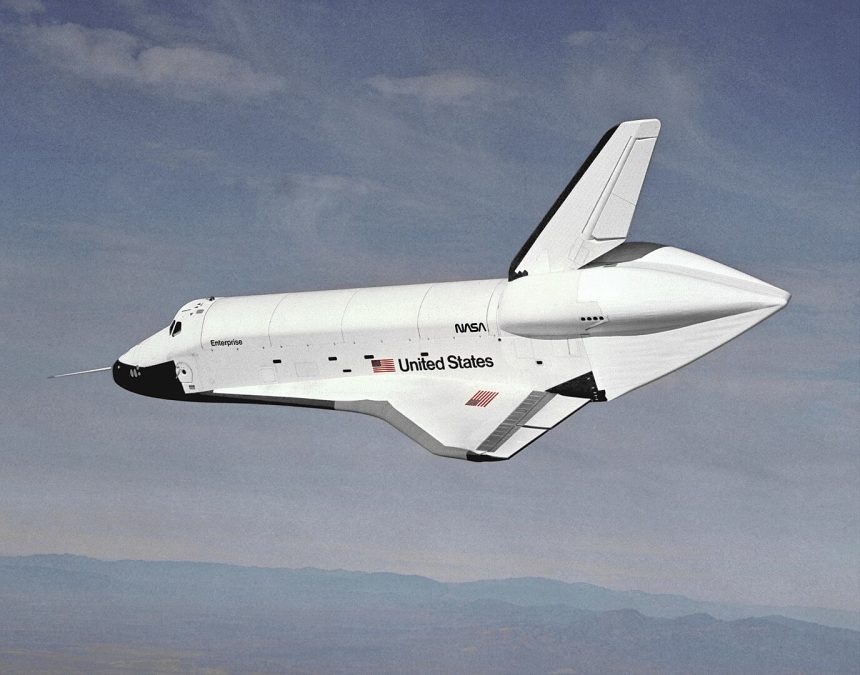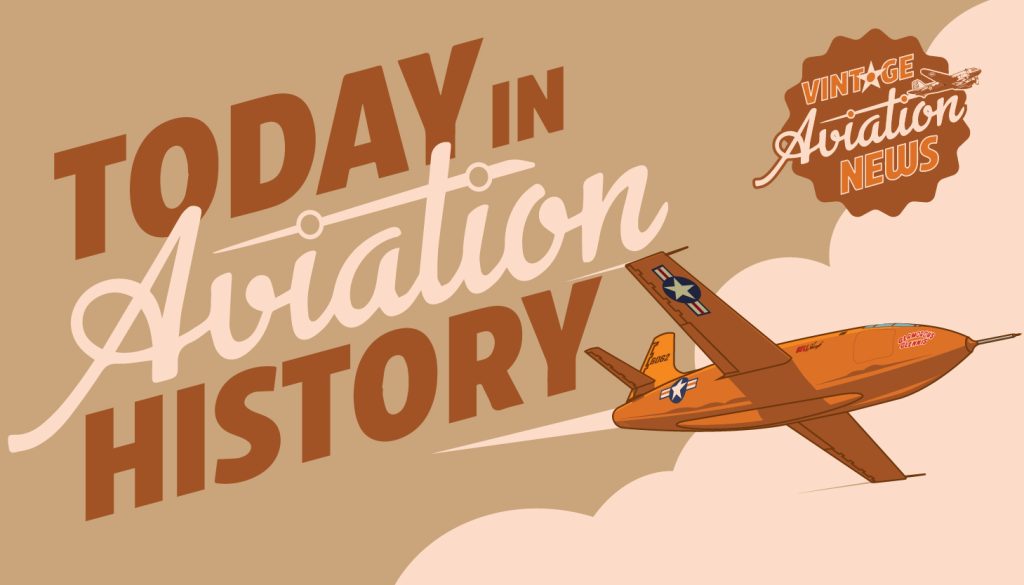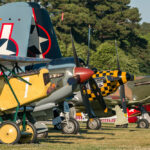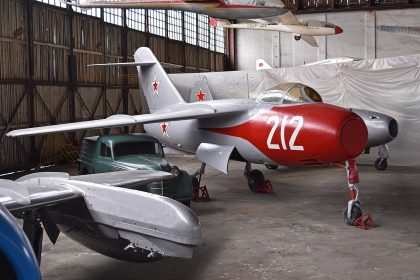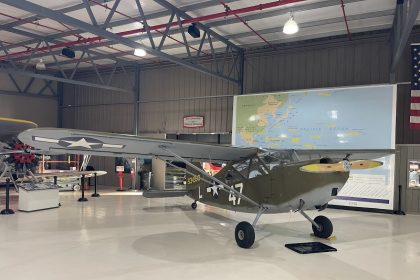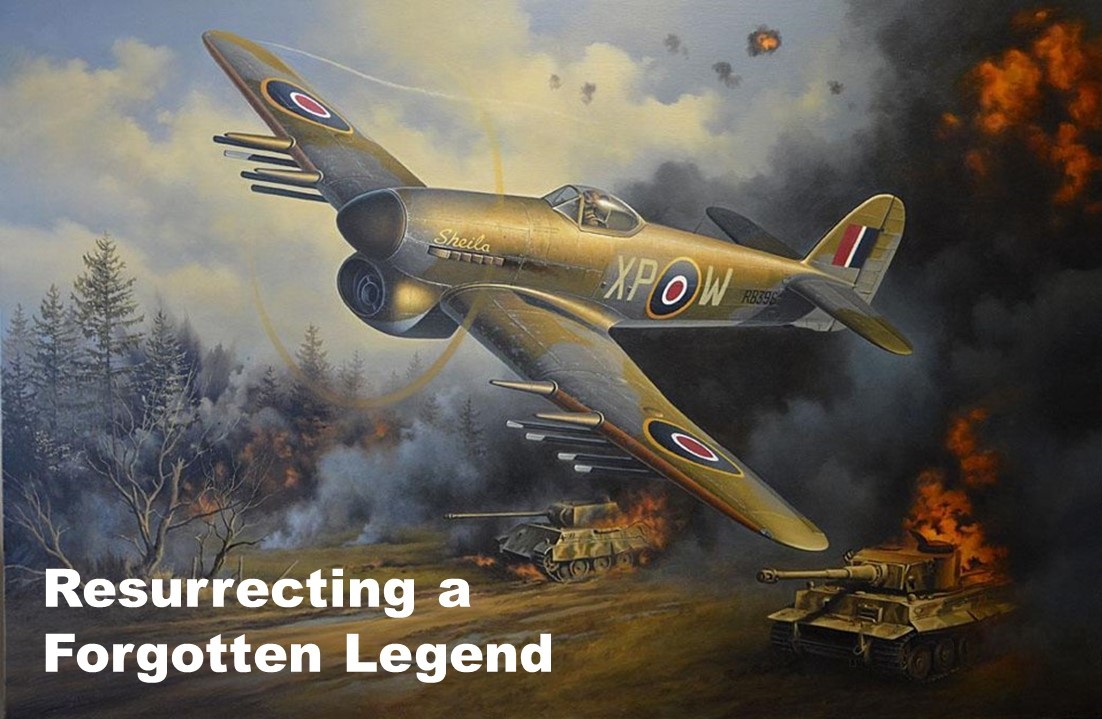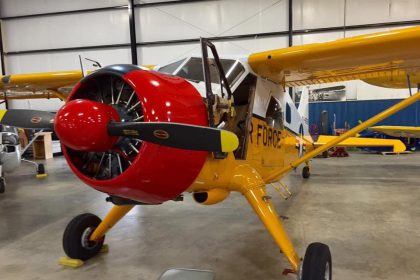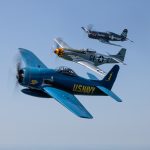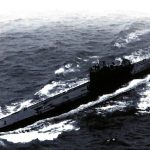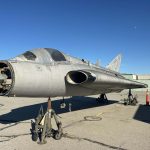On this day in aviation history, June 4, 1974—51 years ago—construction began on the first Space Shuttle orbiter: Orbiter Vehicle 101 (OV-101), later named Space Shuttle Enterprise. As the prototype for NASA’s Space Shuttle program, Enterprise was designed for atmospheric flight testing and never intended for space travel. Built without engines or functional heat shielding, OV-101 was carried aloft by a modified Boeing 747 Shuttle Carrier Aircraft before being released to perform unpowered glide tests.
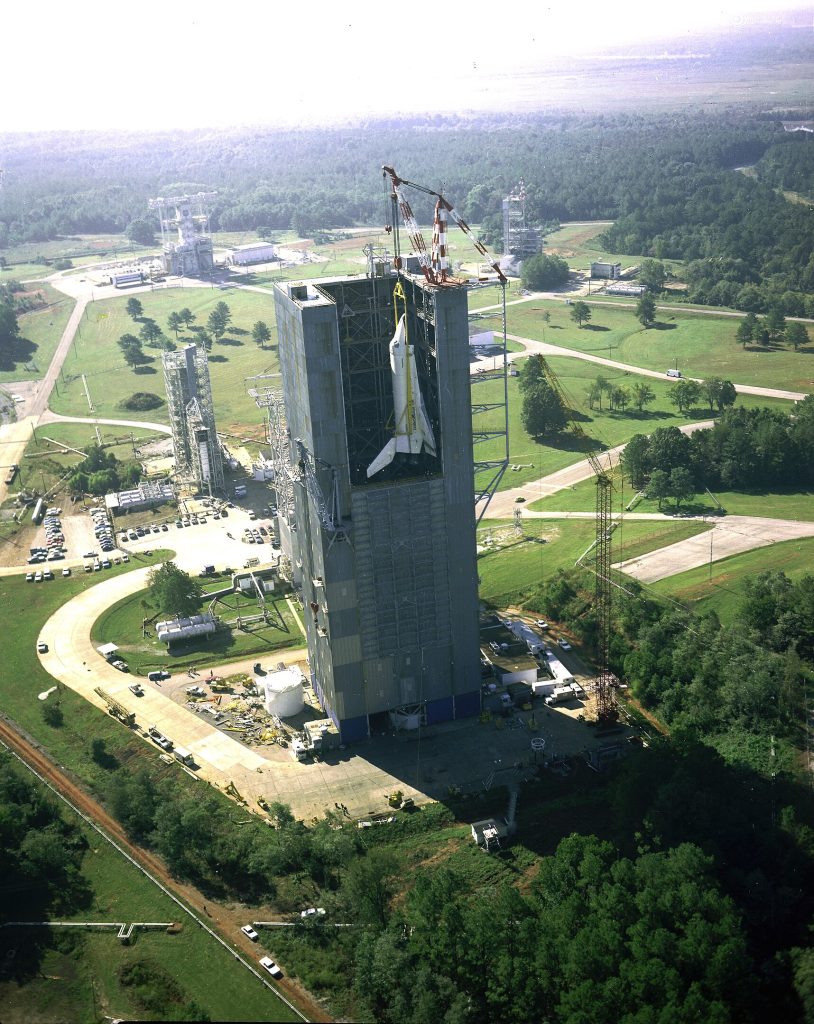
Enterprise rolled out of the assembly facility on September 17, 1976, and achieved its first free flight on August 12, 1977, during mission ALT-12 (Approach and Landing Tests). While initially planned to be retrofitted for orbital missions, evolving design changes in the shuttle fleet made such a conversion impractical. After the Space Shuttle Challenger tragedy in 1986, NASA briefly reconsidered modifying Enterprise for flight, but ultimately chose to build Space Shuttle Endeavour using structural spares from other orbiters.
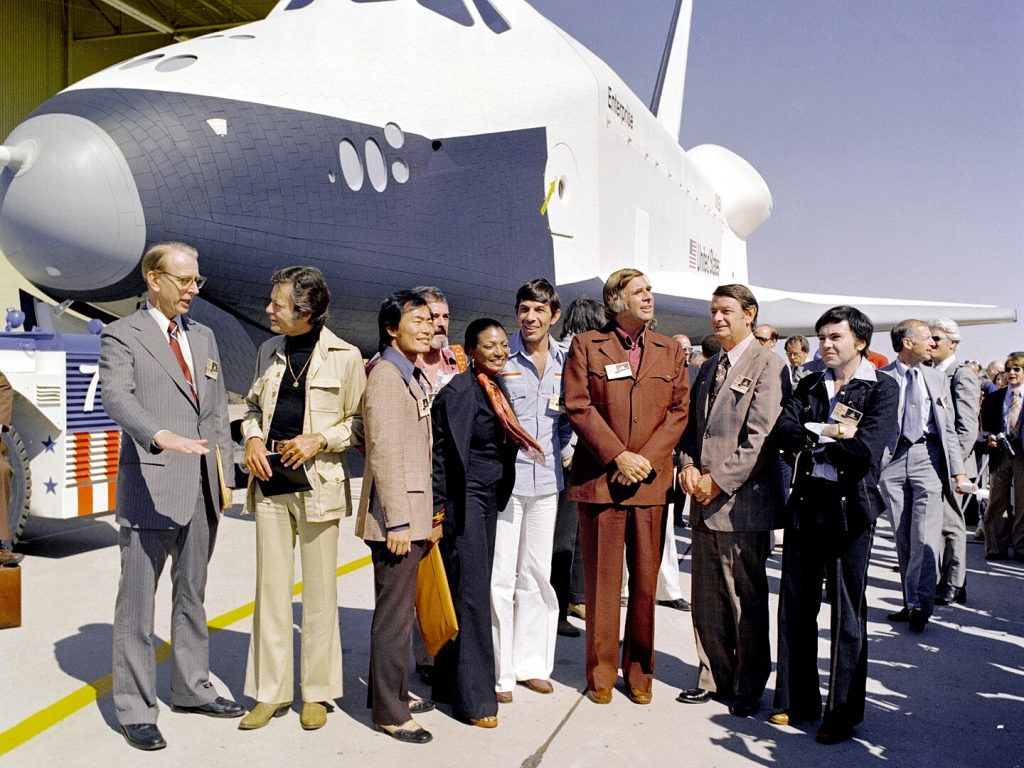
Enterprise flew its final test flight, ALT-16, on October 26, 1977, marking the end of her active role in the program. In 1984, she was displayed at the Louisiana World Exposition and later stored by the Smithsonian National Air and Space Museum. When the Steven F. Udvar-Hazy Center opened in 2003, Enterprise was restored and placed on display. She remained there until April 2012, when Space Shuttle Discovery took her place. Enterprise was then relocated to the Intrepid Sea, Air & Space Museum in New York City, where she is on permanent exhibit today.
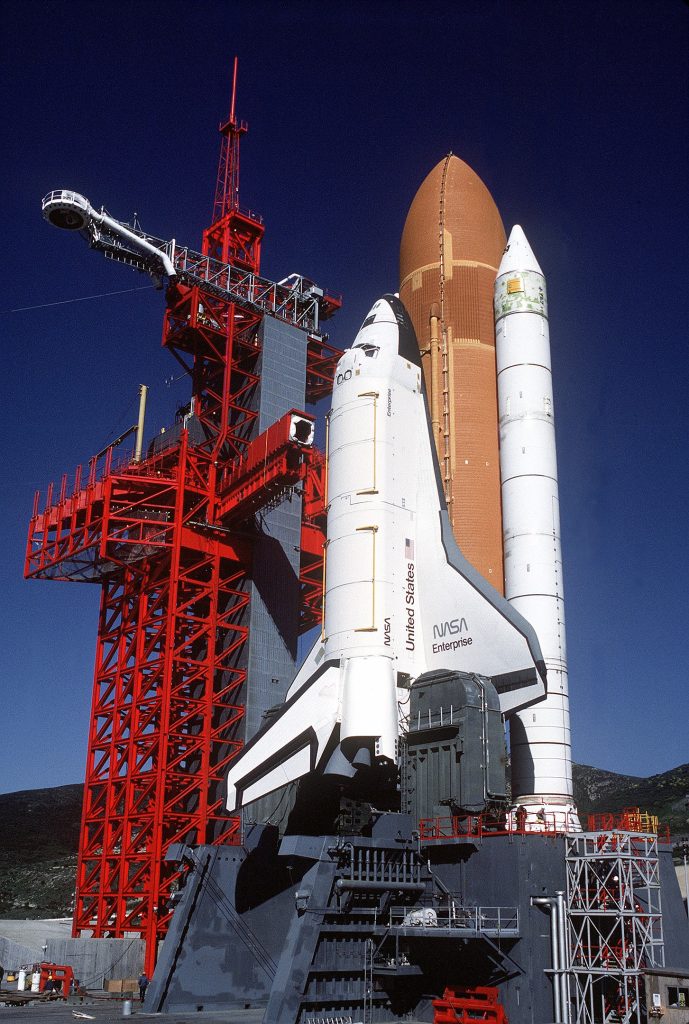
Though she never flew in space, Space Shuttle Enterprise played a vital role in the success of NASA’s shuttle program. As a prototype, she proved that the shuttle design could fly, land, and be recovered safely—laying the groundwork for decades of space exploration. Too often, test vehicles like Enterprise are overshadowed by their spacefaring successors, yet they bear the brunt of development work and help turn the seemingly impossible into reality.
